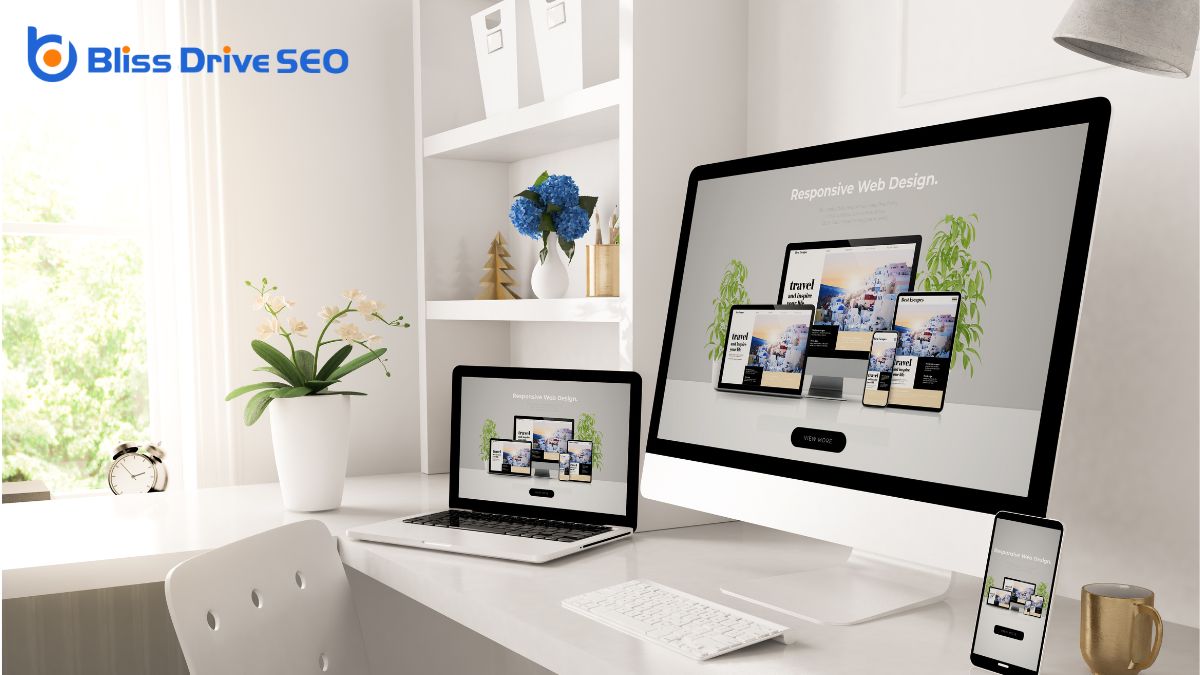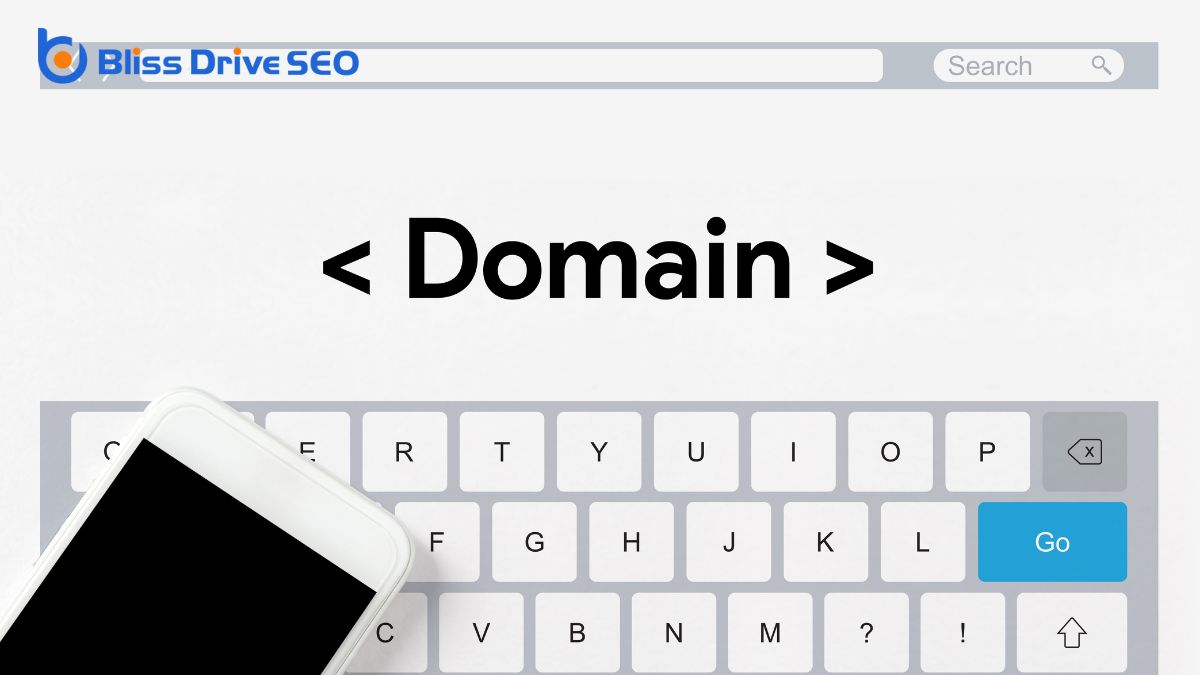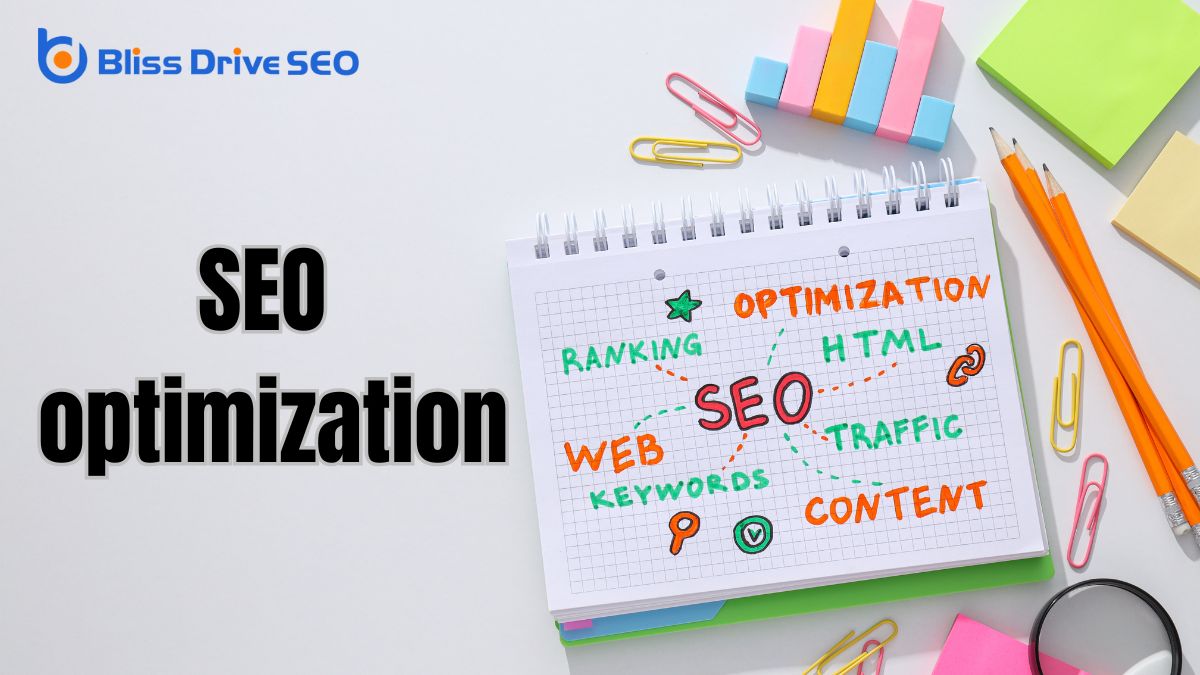Digital Marketing Services
Learn More About Us

When you're ready to create a website, the first step involves more than just picking a catchy name—it's about setting the foundation for your online presence. This process starts with choosing a domain nameThe address of a website, crucial for branding and SEO. that not only captures your brand but is also easy to remember. Next, you need to select a web host that aligns with your site's performance and security needs. But that's just scratching the surface. The real challenge lies in crafting a design that captivates your audience and content that keeps them returning. What's the secret to making your website truly stand out?

Choosing the right domain name is a crucial first step in building your website, as it serves as both your address and your brand's first impressionWhen an ad is displayed on a user’s screen. online. You want something memorable, easy to spell, and reflective of your business. Start by brainstorming names that capture the essence of your brand.
Keep it short and simple—complex or lengthy names can confuse potential visitors. Remember, the domain should be easy to type and pronounce.
Consider the extension as well. While ".com" remains the most popular choice, other extensions like ".net" or ".org" might suit your needs better, especially if ".com" is unavailable. If your target audience is local, consider country-specific extensions like ".uk" or ".ca".
Check for availability using a domain registrar. If your first choice is taken, try slight modifications or creative alternatives. Avoid using numbers and hyphens; they can leadA potential customer referred by an affiliate who has shown interest in the product or service but h... to misunderstandings and misdirected traffic.
Once you've settled on a name, act quickly. Domain names can be snapped up fast, so secure your choice as soon as possible. This simple step lays a strong foundation for your digital presence.
Selecting a web host is like picking a home for your website—it's where all your site's files live and are accessed by visitors. Choosing the right one is essential for your site's performance, reliability, and security.
To make an informed decision, consider these three key factors:
Additionally, consider the host's pricing, scalability, and user-friendly features. Some hosts offer shared hosting, which is cheaper but may slow down during peak traffic.
Others provide dedicated or VPS hosting for more control and resources, ideal for larger sites. Evaluate your needs and budget to find the perfect match.
With the right host, your website will have a solid foundation for success.
When designing your website, start by choosing a color scheme that aligns with your brand's identity and evokes the right emotions.
Next, plan your layout to guarantee easy navigation and a user-friendly experience.
Finally, select typography styles that are both readable and visually appealing to enhance your site's overall look.
As you commence on designing your website, a well-thought-out color scheme can considerably enhance user experience and brand recognitionThe ability of consumers to identify a brand by its attributes, such as logo, color, or packaging..
Colors evoke emotions and create connections with your audience, so choosing the right palette is essential. A harmonious color scheme not only attracts visitors but also keeps them engaged, making your site memorable.
Here's how to choose an effective color scheme:
Every great website begins with a thoughtfully planned layout. It sets the stage for how visitors will interact with your content. Start by drafting a wireframeA basic visual guide used in web design to suggest the structure and layout of a webpage., which is a simple sketch of your web page's structure. Think about where you want to place the header, navigation bar, content sections, and footer. This blueprint acts like a map, guiding the design process and guaranteeing nothing is overlooked.
When planning your layout, prioritize user experience. Consider how visitors will journey through your site. Is it easy for them to find information? A clean, intuitive design keeps users engaged.
Balance is key; avoid overcrowding pages with too many elements. Instead, focus on making your content accessible and visually appealing.
Responsive designA web design approach that makes web pages render well on a variety of devices and window or screen ... is essential, so confirm your layout adapts seamlessly to various screen sizes. This means your website should look great on both desktops and mobile devices.
Use grid systems to maintain consistency and order across pages. Experiment with different layouts to see what works best for your content. Remember, simplicity often leads to a better user experience.
With a well-planned layout, you're on your way to creating a website that effectively communicates your message.
Typography is an essential element in web design that can greatly impact your site's readability and aesthetic appeal. Choosing the right typography styles involves more than just picking fonts you like; it's about creating a cohesive look that aligns with your brand and enhances user experience.
To select typography styles effectively, consider these three key factors:
When developing website content, focus on crafting engaging headlines that capture your audience's attention immediately.
Use keywords strategically to optimize your content for SEO, ensuring it's both visible and relevant to search engines.
An engaging headline can be the key to grabbing your audience's attention and enticing them to explore your website further.
It's the first thing visitors see, so make it count. Think of headlines as your website's welcome mat, inviting users to step inside and investigate deeper into your content.
To craft headlines that truly captivate, focus on clarity, relevance, and intrigue.
Search engine optimization is the key to ensuring your website content reaches its intended audience. To start, identify relevant keywords that potential visitors might use when searching for topics related to your site. Tools like Google Keyword Planner can help you discover popular terms and phrases.
Once you have a list, naturally incorporate these keywords throughout your content. This doesn't mean stuffing your articles with keywords; rather, seamlessly integrate them into your titles, headings, and body text.
Next, pay attention to meta descriptions and title tags. These are the snippets users see in search engine results. Craft compelling and concise descriptions that include your primary keyword and entice users to click through to your site. Remember, clarity and relevance are essential.
You should also focus on creating high-quality, informative content. Search engines favor sites that provide valuable information, so aim for depth and accuracy in your writing. Use clear headings, bullet points, and short paragraphs to improve readability.
Additionally, include internal and external links to support your content and provide further resources.
Finally, regularly update your content. Fresh, relevant content keeps visitors engaged and signals to search engines that your website is active and worth visiting.

Mastering the art of SEO optimization is essential to ensuring your website reaches its full potential. You want your site to be visible to as many people as possible, right? To achieve this, focus on improving your site's search engine ranking.
Start by selecting the right keywords—think about what words your audience might use to find services like yours. Once you've got those keywords, weave them naturally throughout your content. Don't overdo it, though; search engines can spot keyword stuffingOverloading a page with keywords to manipulate search engine rankings. a mile away.
Next, optimize your website's structure to make it user-friendly and easy to navigate. Here's how:
Launching your website is an exhilarating milestone, but it's just the beginning of your digital journey. Now, it's time to guarantee your site functions smoothly and continues to engage your audience. First, double-check all links, forms, and media to confirm everything works correctly. This initial quality check prevents visitors from encountering frustrating errors.
Once your website is live, monitor its performance regularly. Utilize analytics toolsSoftware used to track and analyze website performance, user behavior, and marketing efforts. to track visitor behavior, page load times, and bounce rates. These insights help you understand what's working and where improvements are needed. A responsive website increases user satisfaction and search engine rankingsThe position at which a website appears in the SERP..
Consistent updates are essential for maintaining relevance. Refresh your content regularly, whether it's through blog posts, new product offerings, or updated information. This keeps your audience engaged and encourages return visits.
Additionally, verify your website's software and plugins are always up to date to protect against security vulnerabilities.
Regularly interact with your audience through comments or feedback forms. This engagementThe interactions that users have with a brand’s content on social media. builds a community around your site and provides valuable insights into user preferences.
Creating a website is an exciting journey, and you're now equipped with the essentials to succeed. Start by picking a memorable domain name and a reliable web host. Design a user-friendly and visually appealing site that works seamlessly on all devices. Craft engaging content with SEO in mind to capture your audience's interest. Finally, stay proactive by regularly updating your site and analyzing performance metricsKey indicators used to measure the effectiveness of affiliate marketing efforts, such as clicks, con.... With these steps, you're set to build an effective online presence.
